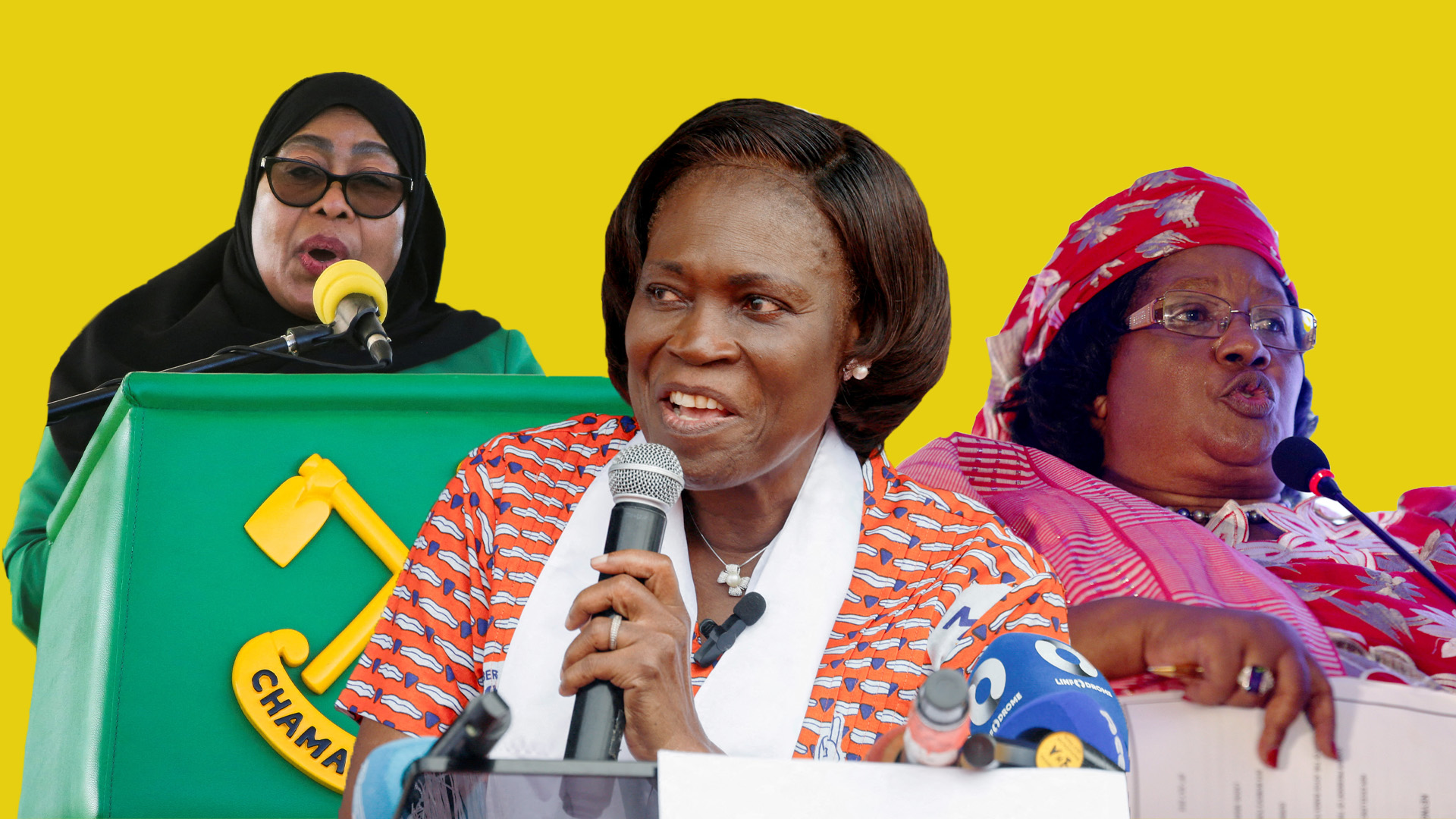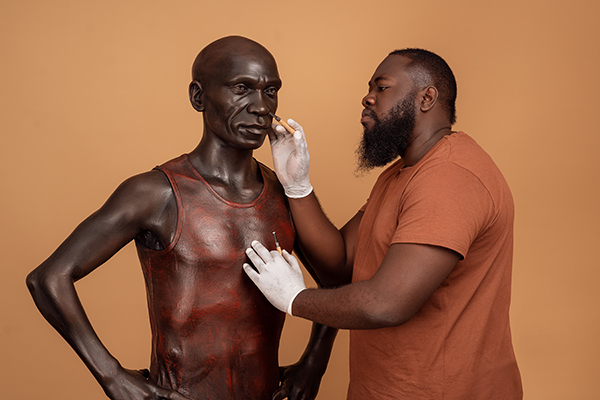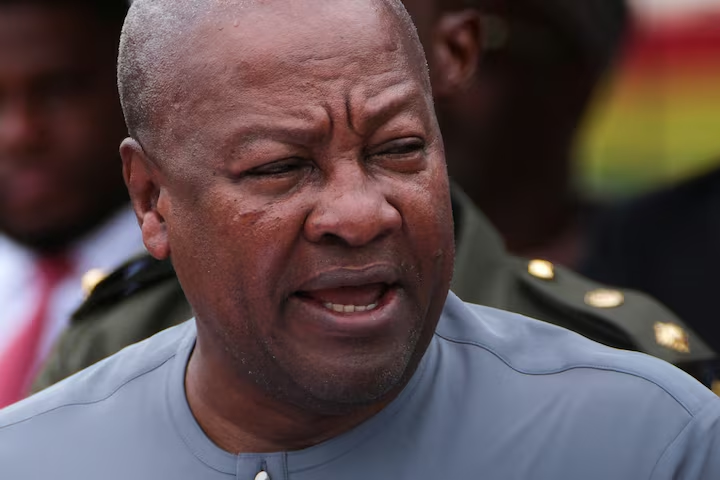One of the greatest discoveries of the 20th century comes to Africa
It is considered one of the greatest archaeological sites in the world, and one of the greatest discoveries of the 20th century. These sculptures were discovered by accident in 1974. Now, for the first time, the most complete reproduction is in South Africa in the Terracotta Army Exhibition. More than 300 objects are on display offering a fascinating insight into Ancient China and its cultural ideals.
SB: “Like many stories told in the world, with an advent of phones and tablets, the opportunity of experiencing history in real life is incredibly important. We’re trying to bring travel museum style exhibition to South Africa and to Africa and we think it’s an important thing to do because as a opposed to looking at something on 2 D screen there’s an opportunity to walk around the objects and to learn about it.” said Nick Dreyer, exhibitor
The army was purpose built to defend and protect the Chinese emperor in the afterlife. The emperor believed that objects like statues can be animated in the afterlife, and he would have the same military power and imperial status he had enjoyed during his earthly lifetime.
“The warriors were built by hand. Of course it was a very long time ago and what’s interesting is the absolute attention to detail that the emperor exuded and to create a massive army like this meant new techniques that had to be used he was certainly a pioneer in terms of building on a large scale. The attention to detailed was then manifested on these warriors, each specific soldier in its regiment, in its class and painted differently.” adds Nick Dreyer
Researchers estimate that 720 thousand men worked on this project over a period of thirty-six years. Two thousand and 200 years later the Tarraccota Army is still standing and more soldiers are still being found. Although the army being exhibited has replicas, they are made from the very same mold used to cast the originals and the detail of each sculpture is unique. The Exhibition will be in Cape Town in 2017.







